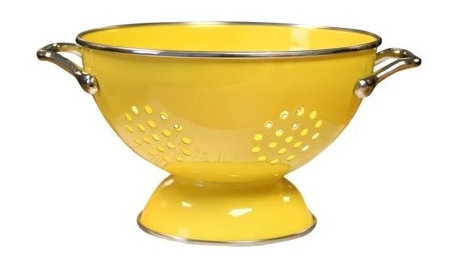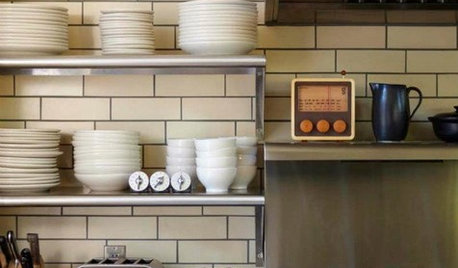How to sharpen a santuko (santoku?) knife...
sunnyco
18 years ago
Related Stories

PRODUCT PICKSGuest Picks: The Well-Stocked Starter Kitchen
We’ve got all the kitchen basics and tableware you need (or that recent grad needs) to make cooking a joy
Full Story
KITCHEN DESIGNCreate Your Own Checklist for a Well-Stocked Kitchen
Personalize the kitchen with your own must-haves from our list of top cooking tools, small appliances, pots, pans and more
Full Story





netarc
solarpowered
Related Professionals
Atlanta Furniture & Accessories · Jacksonville Furniture & Accessories · Peachtree City Furniture & Accessories · Peachtree City Furniture & Accessories · Rochester Furniture & Accessories · Union City Furniture & Accessories · Carlsbad Furniture & Accessories · Van Nuys Furniture & Accessories · Fernway Interior Designers & Decorators · Northbrook Kitchen & Bathroom Designers · Woodlawn Kitchen & Bathroom Designers · Reedley Kitchen & Bathroom Designers · Gardner Kitchen & Bathroom Remodelers · New Port Richey East Kitchen & Bathroom Remodelers · Port Charlotte Kitchen & Bathroom Remodelersnetarc
kbuzbee
sunnycoOriginal Author
solarpowered
nanabelle
kbuzbee
nanabelle
kbuzbee
sukicookie
solarpowered
gharrison2_cfl_rr_com
cpovey
Lynne_SJO
neffk_ieee_org
SaraDupre